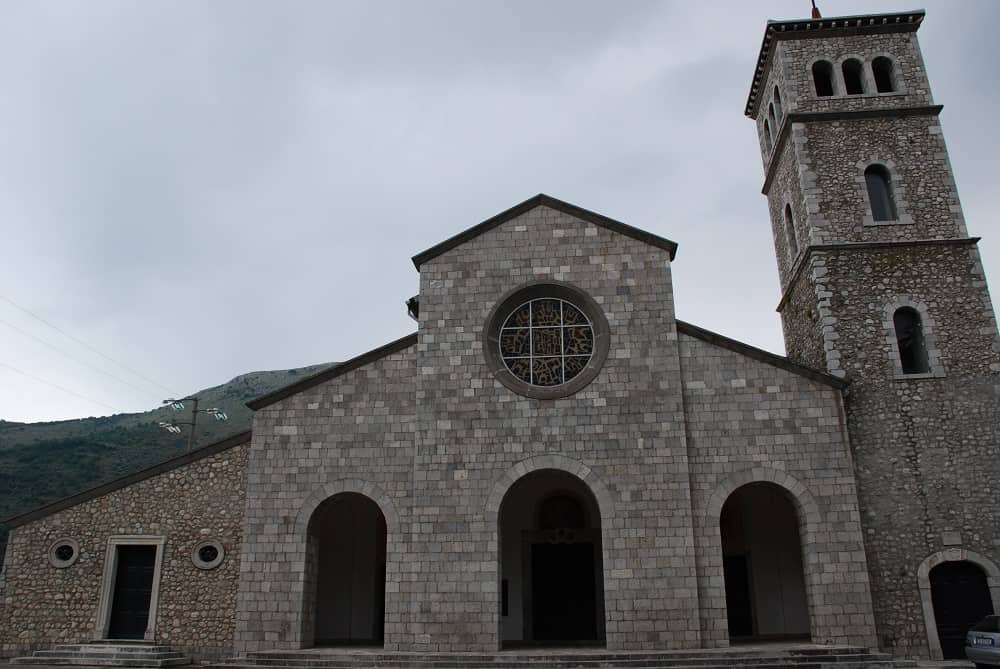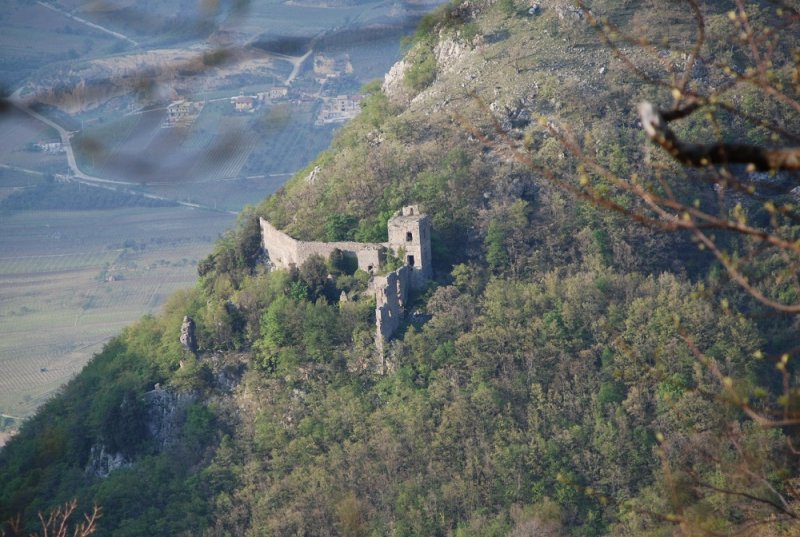The history of Vitulano
At the foot of Mount Pentime there is the "Grotta dei Briganti" (Cave of Bandits), site of a prehistoric settlement dating back to the Neolithic period (2900 B.C.) where siliceous blades, arrow points, scrapers and a set of ceramics belonging to the same historical period have been found. In the VII century B.C. the area where Vitulano is located today was inhabited by the Samnites until the Romans conquered the area and divided it into several colonies, until the fall of the empire.
In 571 the Longobards occupied Benevento and Sannio and over the next twenty years organised the Longobard Duchy of the South. After the year 1000, after the end of the Longobard domination, which lasted for over 400 years, various dynasties established themselves in successive waves: Normans, Suevians, Angevins and Aragoneses. In 1595, the so-called "State of Vitulano" was established, made up of twenty hamlets divided between the State of "Santa Maria Maggiore" and that of "Santa Croce". Finally, in 1832, the two States of "Santa Croce" and "Santa Maria Maggiore" were united to form a single municipality with the current name of Vitulano.

Things to see in Vitulano

Vitulano is certainly one of the most beautiful, ancient and famous municipalities in the Province of Benevento thanks to its historical importance and the beauty of its natural landscapes. The municipality is located between two mountains, Mount Camposauro and Mount Pentime, in a luxuriant valley at 350 metres of altitude, completely surrounded by nature. The entire municipality is made up of twenty hamlets, which once formed two States or Universities with the name of "Santa Maria Maggiore", one, and "Santa Croce", the other.
Being of pre-Romanesque origin, Vitulano is rich in historical and archaeological evidence that proves its ancient history, such as the "Grotta dei Briganti", at the foot of Mount Pentime, a prehistoric settlement dating back to the Neolithic period. There are many magnificent mansions, such as the Town Hall, and religious buildings in Vitulano, including the Hermitage of San Menna, the Collegiate Church of the Holy Trinity, built between the 16th and 17th centuries in the centre of the town, with its ancient Vanvitellian-style bell tower, and the ruins of the Abbey of S. Maria in Gruptis founded by the Lombards in 940, at the foot of Mount Drago on a cliff.
We also find the Basilica and the Franciscan Convent of the SS. Annunziata built in 1440 by San Bernardino da Siena, rich in frescoes of great value of the Sienese School of 1400, then the Royal Fountain in stone dating back to the Bourbon period, the Foggiano Fountain and that of San Pietro. Other religious architecture includes the Church of Santa Croce, the Church of Santa Maria Maggiore, the Church of San Pietro, the Church of San Giuseppe and the Church of the Madonna della Grazie, located on the slopes of Monte Pizzo. Finally, there are the numerous noble palaces, such as Palazzo Mazzella, Palazzo Rivellini, Palazzo Giannelli, Palazzo Riola, Palazzo Arco, Palazzo De Martini, Palazzo Checchia, Palazzo Buono and Palazzo Cerulo.
Vitulano's food and wine specialities and handicraft

Among the typical products of Vitulano we find, first of all, the Pecorino from Vitulano, a fat cheese, semi-seasoned, with raw and semi-hard paste, made of whole and raw sheep's milk of different breeds, bred in the Taburno-Camposauro district, an area rich in pastures. Other products of the area of excellent quality are the red wine Aglianico and the olive oil; indeed, in the territory there are 34 traditional oil mills that offer a product with superior organoleptic characteristics. Chestnut-based desserts are also typical.
The municipality is especially famous for its prestigious marble, the Marmo di Vitulano, an exceptional natural resource that the expert hands and passion of extraordinary craftsmen transform into magnificent objects. The quarry is located on Mount Camposauro and the marble is unique for its incredible variety of reddish veins, ranging from dark brown, purple, lilac to blood red. Vitulano Marble has been used since ancient times, and of considerable importance is its use in the construction of part of the Royal Palace of Caserta, but also in the cladding of the spires of the Kremlin in Moscow.
About the author
Written on 27/07/2021




Sara Celin
In Campania, in the province of Benevento, lies one of the most beautiful and oldest municipalities in the area, Vitulano. Surrounded by nature, Vitulano is located in a basin at the foot of Mount Camposauro and Mount Pentime and features unique landscapes and important historical monuments. Today we will discover the history and culture of this ancient village.